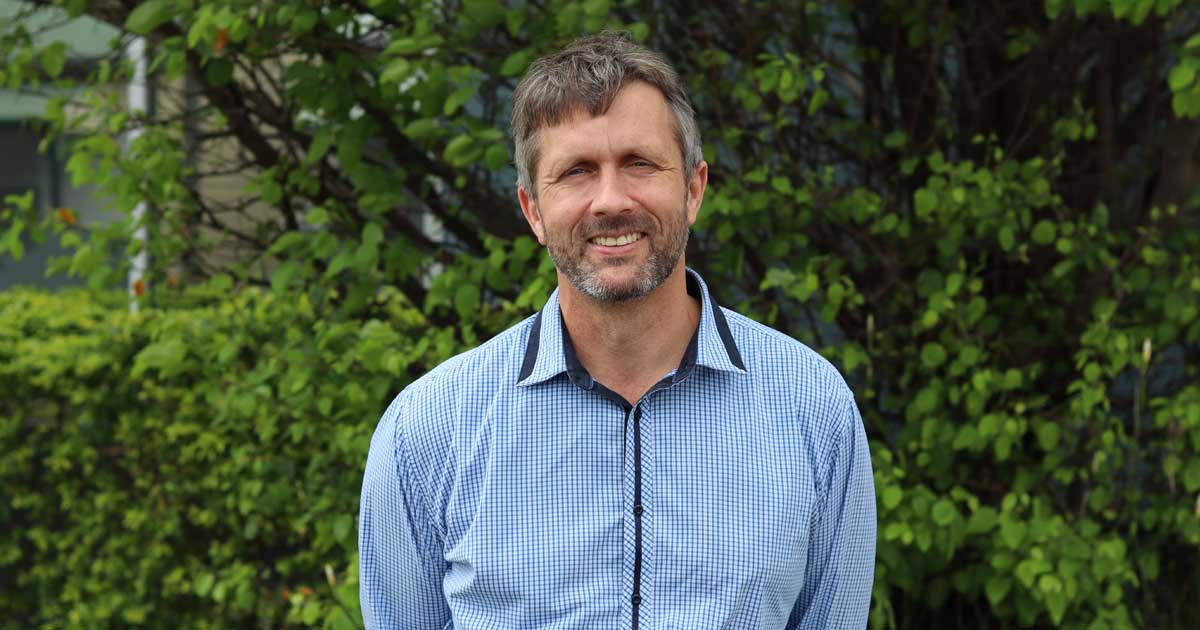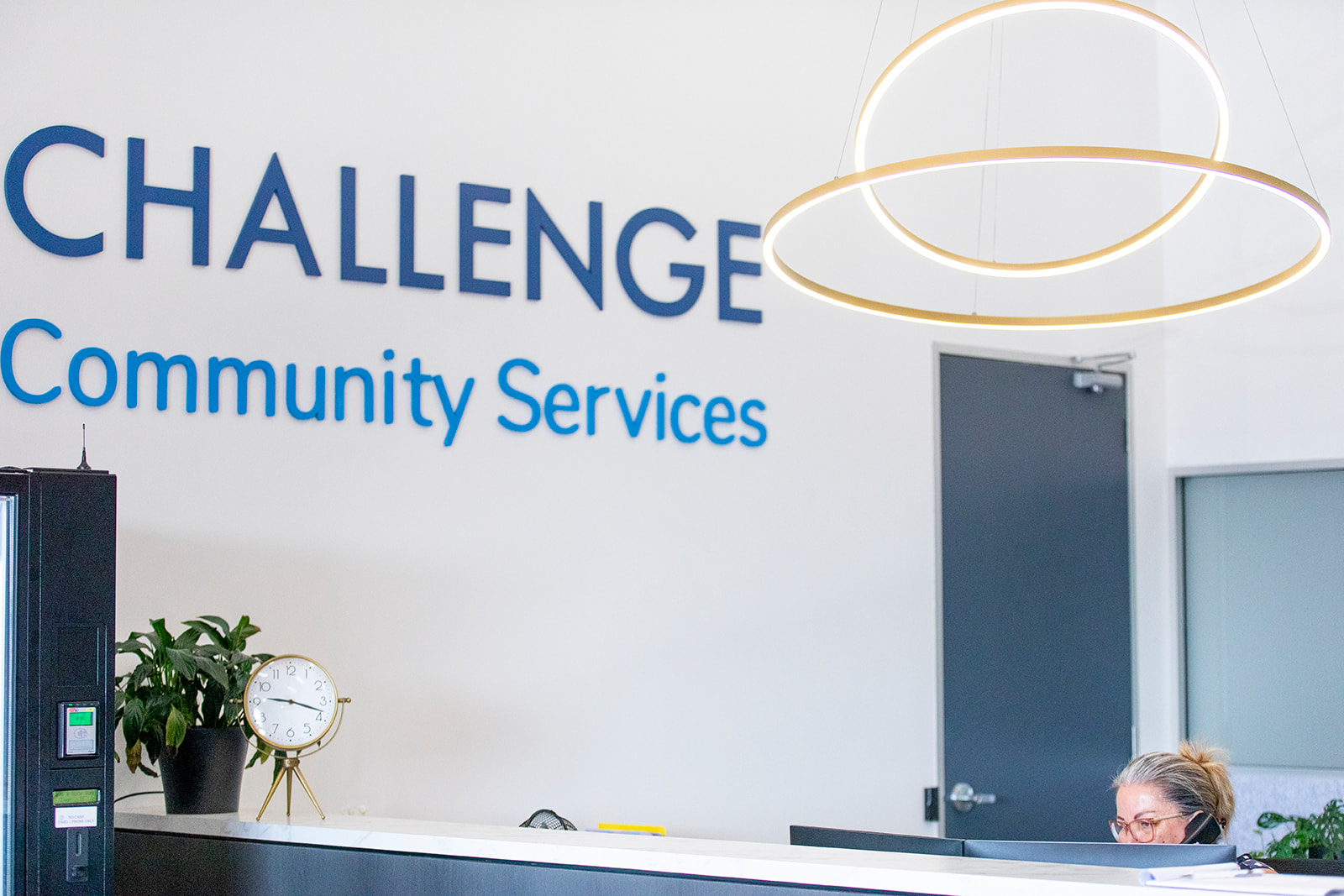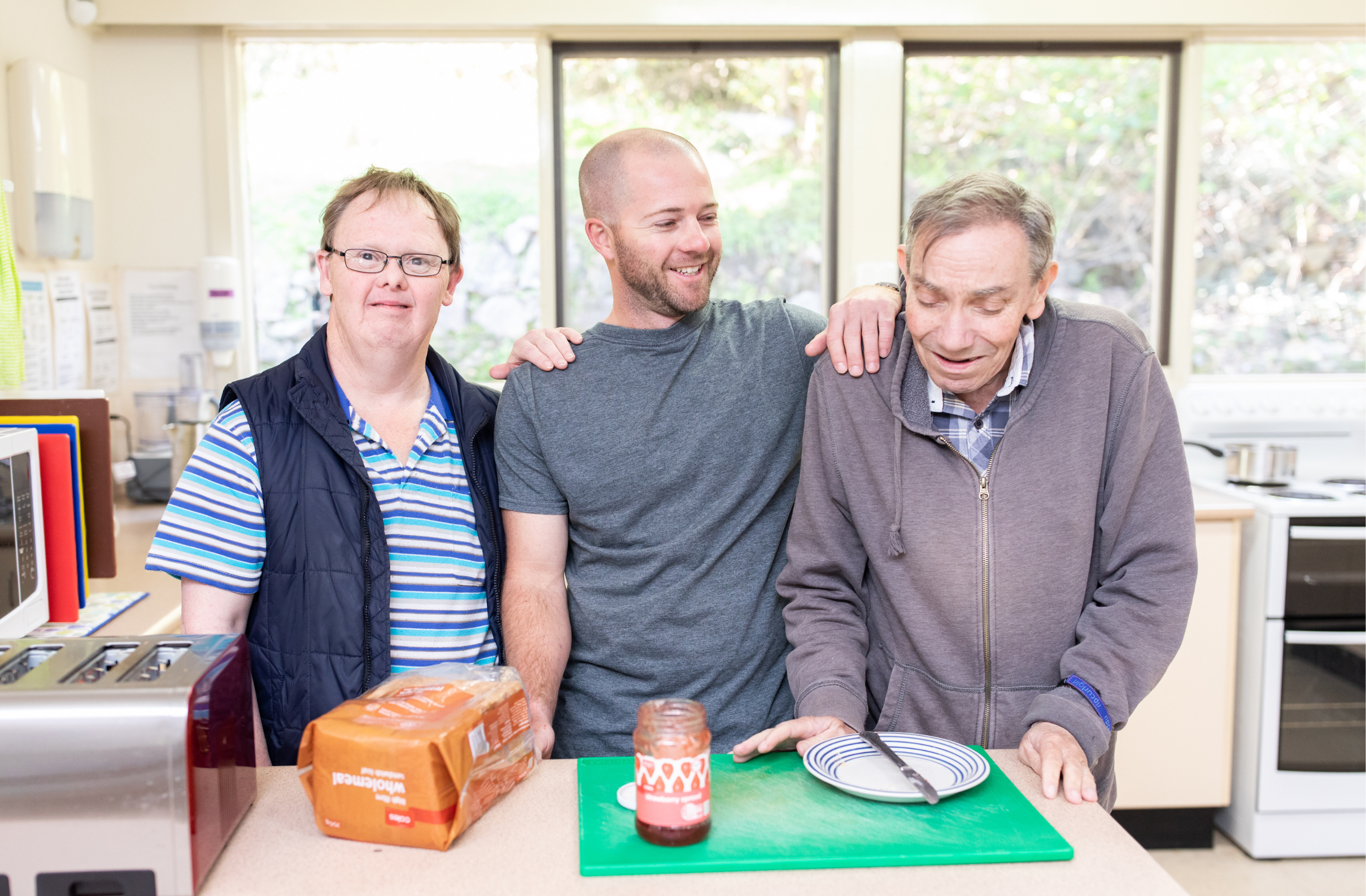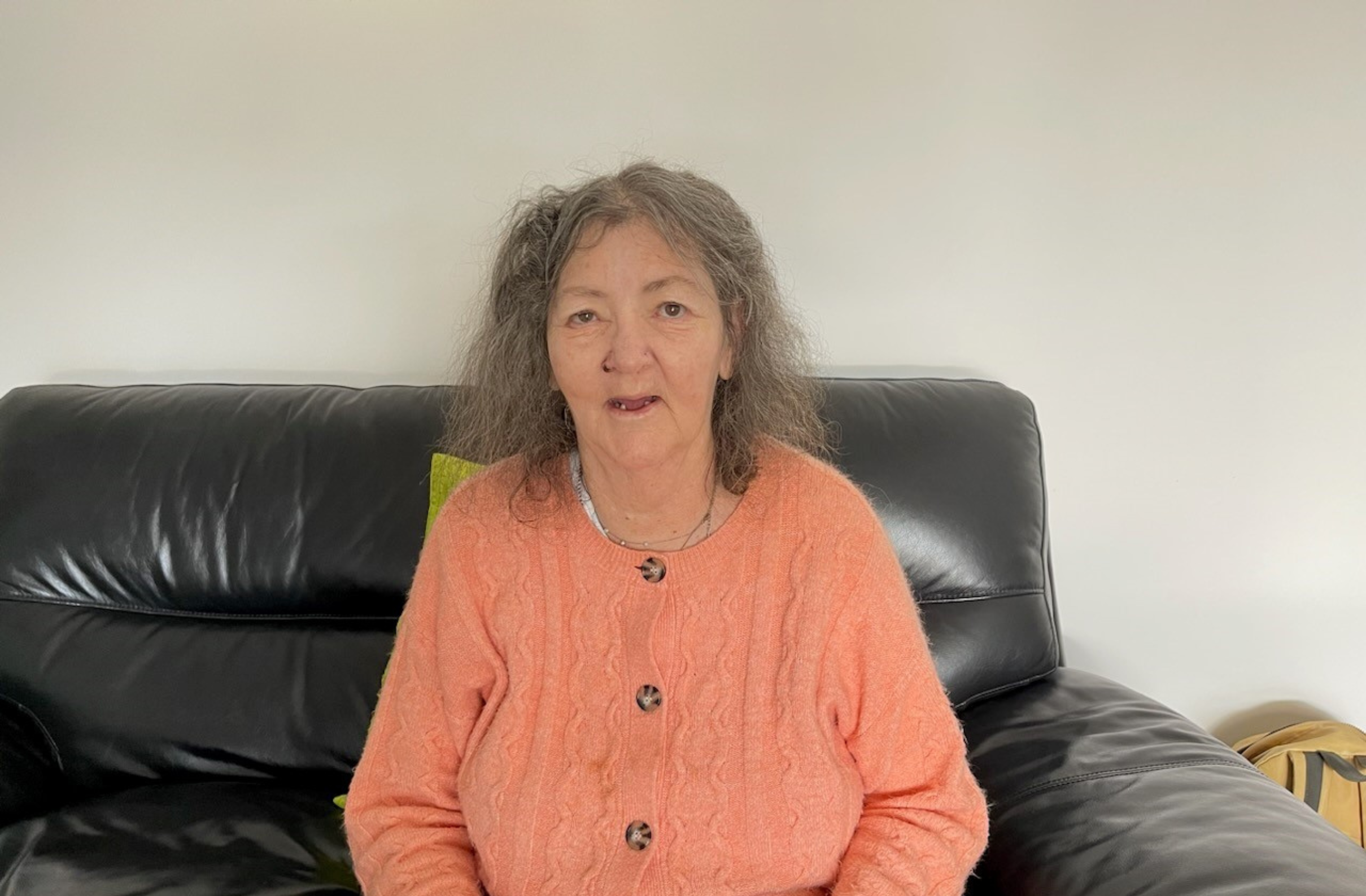At Challenge, our Supported Independent Living (SIL) program supports numerous people with disability to live a more independent life.
We sat down with Regional Manager – Upper Hunter, James Pettersen to discuss his role, how client matching works, and some of the most rewarding moments during his time with Challenge.
Q: Can you tell us a bit about your role at Challenge?
James: After spending nearly 20 years in the disability sector, I was lucky enough to join the Challenge team in November 2019.
My role of Regional Manager is a critical position responsible for overseeing the effective delivery of Supported Independent Living for people with disability and mental health in the Upper Hunter region.
I work closely with our support teams to provide quality service delivery and mentor team leaders to develop their staff.
I also partner with Support Coordinators to find the best possible home for their clients seeking Supported Independent Living.
Q. What does Supported Independent Living look like with Challenge?
J: Supported Independent Living is sometimes called ‘shared or supported accommodation’, where people with disability live with others and receive shared support with everyday tasks.
At Challenge, we seek new-build homes in sought-after neighbourhoods that are easily accessible, feature multiple living areas, and climate controlled bedrooms.
We generally aim to establish homes with a ratio of no more than three house members to one support worker, as we find this is a comfortable home dynamic for our clients.
We conduct a client matching process which suggests if a client is a potential match for one of our existing homes, or if a new home is the most suitable option.
Q: How does client matching work in Supported Independent Living?
J: As anyone who’s ever lived in a share house knows, not everyone can live with everyone.
The biggest difference with Supported Independent Living, however, is that many of our clients are not always able to advocate for themselves in that way.
So my team and I need to do a very thorough job of assessing a client’s needs, personality, and interests in order to create a positive living environment for all.
I work closely with a Support Coordinator through a client’s base management plan, or lifestyle plan.
I get to know their functional capacity assessments, and read all the reports from allied health professionals who provide services to them.
Overall, the client matching process is complex, but we try to be as holistic as possible – we want to hear from all the important people involved in each client’s journey.
Some other factors we take into account may include:
- Does the client require Specialist Disability Accommodation or home modifications?
- What are the client’s preferred arrangements for visits from family and friends?
- What other NDIS and mainstream services is the client currently receiving and how can we best accommodate the services they’re happy with?
- What are the client’s current work, sporting and recreational commitments, and how can we best support them to continue attendance?
Before we can start the client matching process, we examine our pool of Supported Independent Living vacancies in the client’s desired area.
Our team prepare detailed vacancy profiles of all our homes so we know the features of the house, and who’s already living in the home.
Matching the right staff is also an extremely important aspect of the process. Support workers in the home are assessed to ensure they are trained to cater to the client’s individual support requirements.
For example, if a client lives with epilepsy, we will ensure that staff have adequate qualifications to manage this, and arrange any additional or ongoing training required.
Once the client matching process is complete and we find a suitable vacancy for the client, we begin the transition with a home visit. This is when the client, their family/carer and Support Coordinator can explore the home.
We also introduce the client to the other house members and organise activities to get to know each other better.
Q. What is most rewarding about your role?
J: By far the most rewarding feeling is being a part of a client’s transition to a home they can be truly proud of.
I have come across many different situations for people with disability who want to move out of home, transition from an aged care facility, or simply move to a new city.
I have also witnessed some of the most wonderful friendships blossom in Supported Independent Living where house members form bonds for life, keeping in touch no matter where life takes them.
Knowing the homes we provide are of the highest quality, with the best possible support from our staff makes my role even more enjoyable.
You can find out more about Supported Independent Living, view current vacancies or call us for more information on 1800 679 129.














